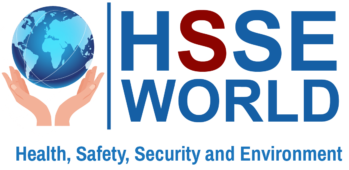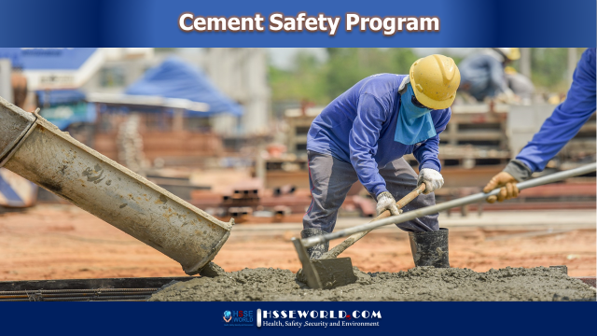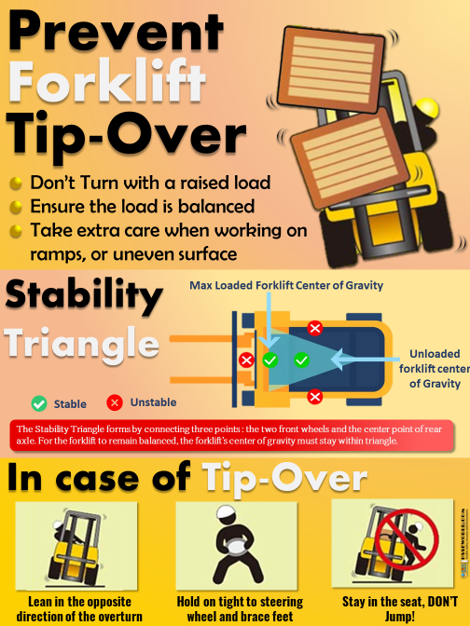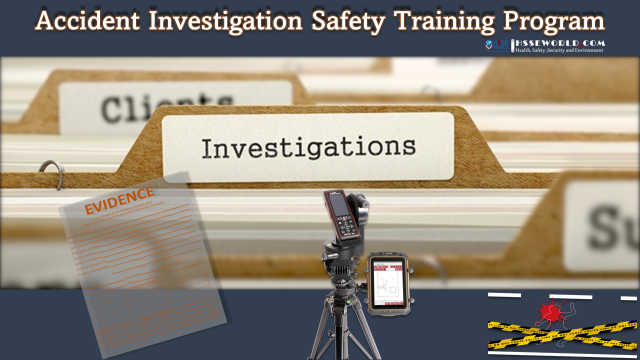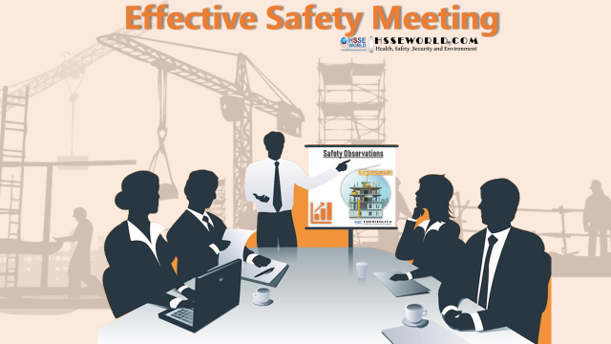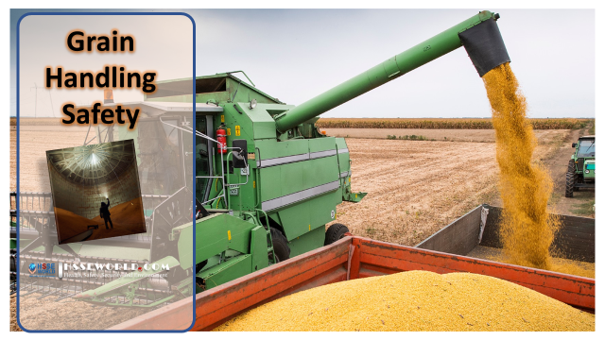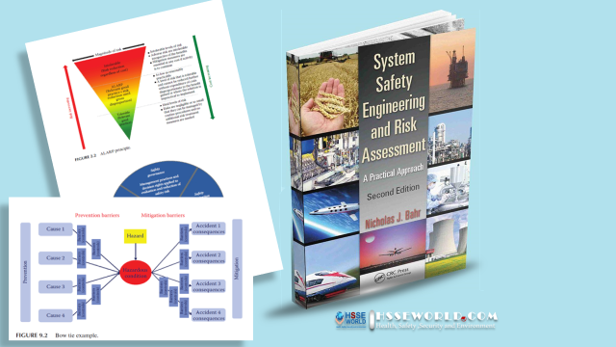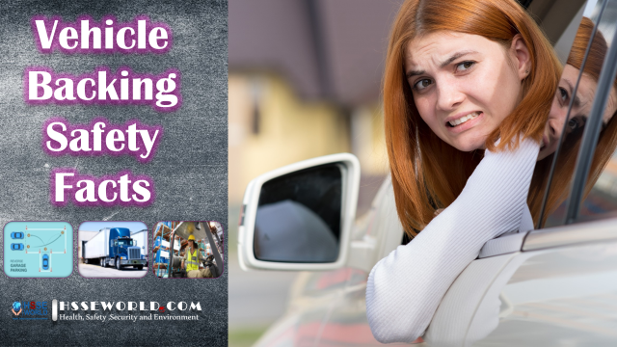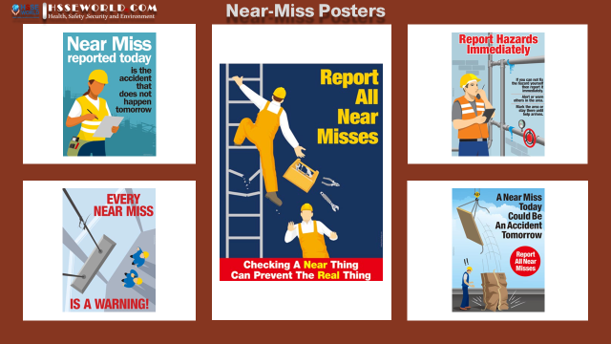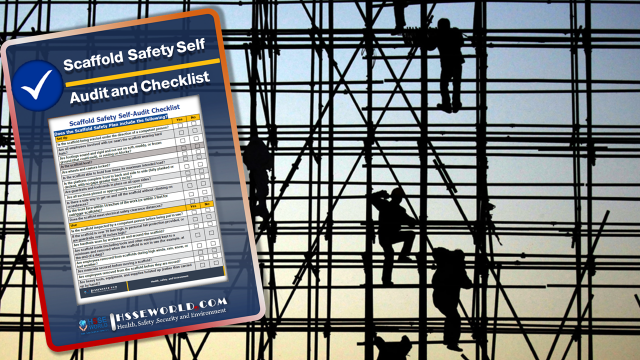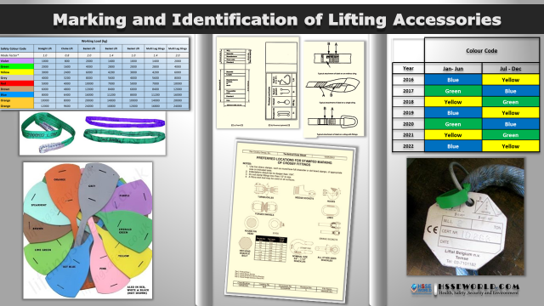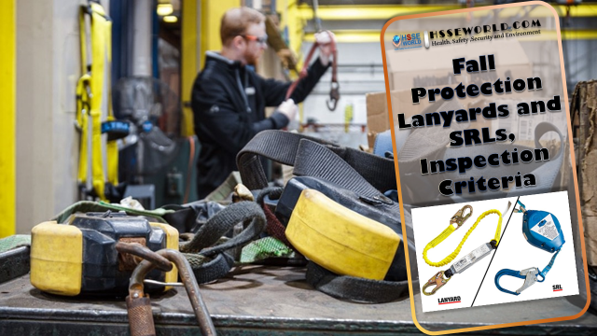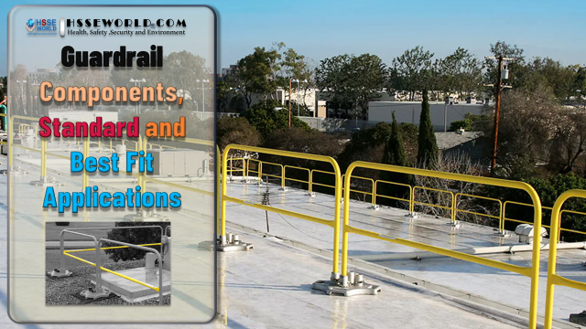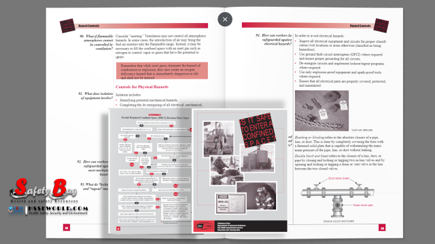Mobile elevating work platforms (MEWPs) are useful but complex pieces of equipment that are often used for access in hazardous...
Construction
Construction is a high-hazard industry that comprises a wide range of activities involving construction, alteration, and/or repair. Construction workers engage in many activities that may expose them to serious hazards, such as falling from rooftops, unguarded machinery, being struck by heavy construction equipment, electrocutions, silica dust, and asbestos.
In This section, we will provide Construction Safety information, tools, and resources to assist those in the industry – whether workers or employers – to identify, reduce, and eliminate construction-related hazards. The Resources will include and not be limited to blogs, Apps, Training Materials, Forms, Templates, and more
Presenting good food is not the sole purpose of a kitchen. A good kitchen must also be kept clean and...
The terms cement and concrete are often used interchangeably, but cement is an ingredient in concrete. Cement is manufactured through...
Compressed gas cylinders are a common fixture in research laboratories. As such it is imperative to understand the safe handling, transportation,...
Understanding the forklift stability triangle is essential for workplace safety. When workers understand their vehicle’s capacity limits and the general principle...
working with a chainsaw involves many different work situations with both simple and more complicated steps. The chainsaw is a...
The goal of this Accident Investigation Safety Training Program is to introduce basic principles and analysis techniques for investigating workplace...
Workers in industries such as construction, manufacturing, and transportation can avoid workplace accidents by taking the appropriate safety precautions. However, despite...
Hand accidents account for between 40% to 60% of recordable workplace accidents each year.1 Yet, knowing how to best protect...
Woodworking machines with their moving parts and sharp blades can be extremely dangerous if not used correctly. Amputations, blindness, and...
Done right, safety meetings are an opportunity to proactively address potential hazards and issues within your organization. And, they're a...
Fault tree analysis (FTA) is a graphical tool to explore the causes of system-level failures. It uses boolean logic to...
Grain handling workers face severe dangers of suffocation, falling, entanglement, fires, explosions, electrocutions, and injuries from improperly guarded machinery. These...
System Safety Engineering and Risk Assessment Book's cover System Safety Engineering and Risk Assessment A Practical Approach, Second Edition by...
In almost every industry, a load of some kind is being lifted, manipulated, lowered, or carried in a way that...
Most drivers spend less than 1% of their driving time in reverse, yet national statistics indicate that about one-quarter of...
Permit-Required Confined Spaces Book's cover Permit-Required Confined Spaces is an informational booklet provides a general overview of a particular topic...
Employee participation in any near-miss program is vital, however, it can be challenging to get workers to conform to change...
The purpose of this Scaffold checklist is two-fold: 1) to answer questions to help employers and employees understand the requirements...
Lifting Accessories and equipment are marked for a variety of reasons, the most important of which is to give it...
Wearing personal fall protection equipment while working at height, including lanyards and self-retracting lifelines (SRLs), is the key to returning home safely...
Welders take pride in their work after all, their welds are visible for all to see. To avoid injury, welders...
The goal for every employee working at height is to make it home safely at the end of every shift....
THIS Confined Space Guide has been developed to explain the hazards of confined space work and to assist employers in...
